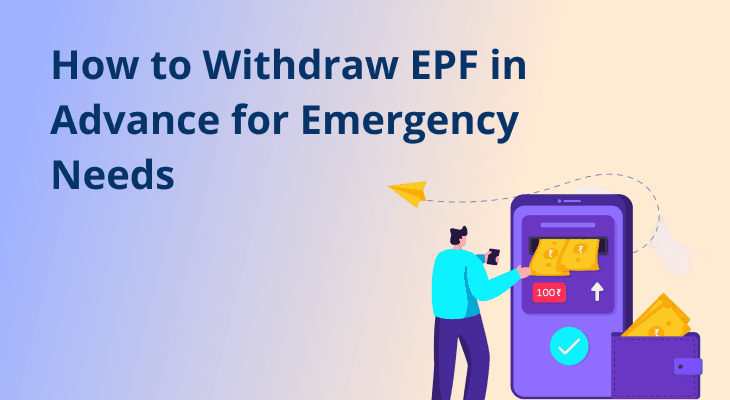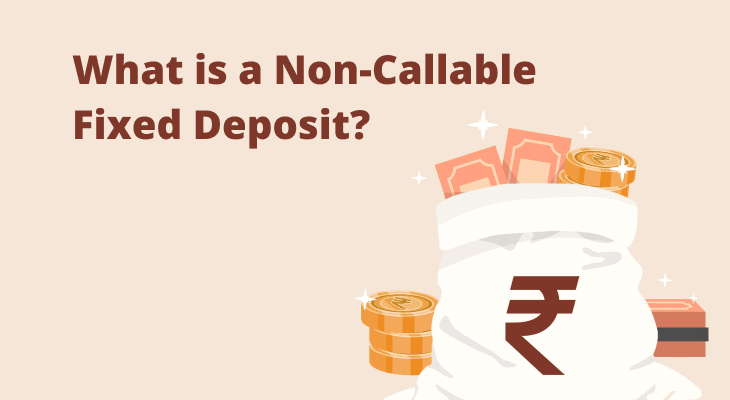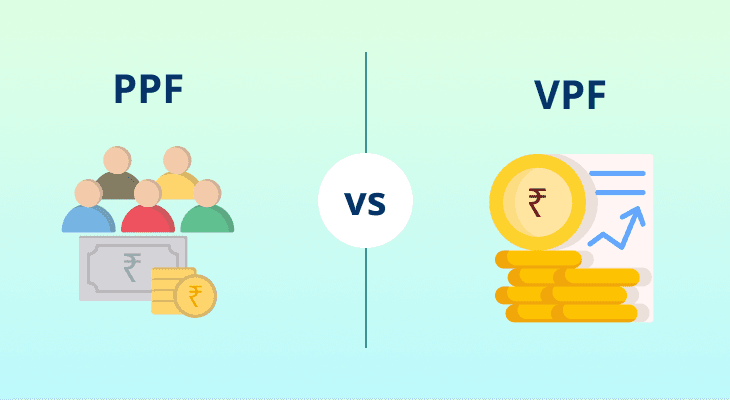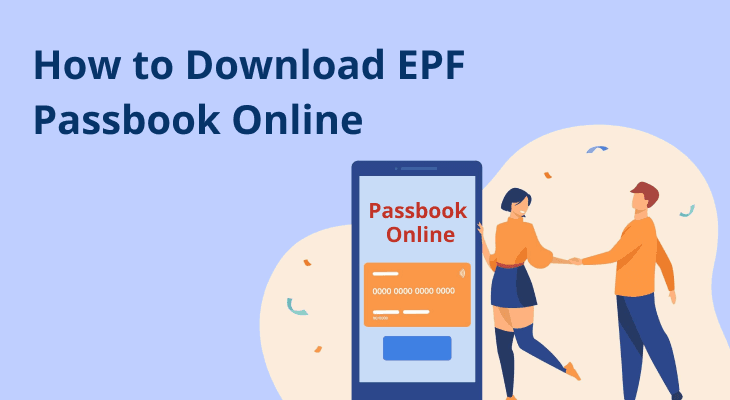
How to Withdraw EPF in Advance for Emergency Needs?
Unexpected expenses like hospital bills, urgent travel, or family obligations can arrive out of nowhere. When they do, your Employees’ Provident Fund balance can double as a contingency fund for that rainy day.
EPFO rules let members pull out a slice of their corpus for clearly defined purposes without touching the bulk meant for retirement. Knowing those rules and the exact steps to file Form 31 helps you raise cash quickly while keeping long-term savings intact.
This article will walk you through every detail: when you qualify, how much you may draw, and the safeguards that keep your nest egg from shrinking too far.
What is EPF advance withdrawal?
An EPF advance, also called a partial withdrawal, allows you to tap a portion of the money you and your employer have already contributed to EPF without quitting your job or closing the account.
EPFO permits such withdrawals for limited and genuine needs such as major illness, higher education, house purchase, or renovation. You apply through Form 31, either online or on paper, and EPFO disburses only after checking that the stated reason meets its rulebook. This mechanism offers fast relief in emergencies while still upholding the rule of locking-in the balance for most other times.
Common reasons to apply for EPF advance
EPFO lists very specific situations in which you may request a partial withdrawal:
- Medical emergencies: This entails treatment of life-threatening illnesses or surgery for self or eligible dependents. Proof of admission or bills is required.
- Non-payment of wages or unemployment: If wages have not been paid for two consecutive months or you have been jobless for more than one month, you can draw funds as per Para 68H or 68HH.
- Education costs: Funds post-secondary education for yourself, your children, or siblings.
- Marriage expenses: Permitted for your own wedding or that of son, daughter, or sibling.
- Buying land or building a new home: Allowed after five years of service, with ceiling tied to basic wage multiples.
- Home renovation: Applies if the property is in your or your spouse’s name and at least five years old.
- Home-loan repayment: You can use a large share of the corpus, provided ownership documents and loan statements meet EPFO norms.
- Pre-retirement access: From age 54, or within one year of superannuation, you may withdraw up to 90% of the accumulated balance.
- Natural calamities: Allowed when the government notifies a disaster under EPFO provisions.
These categories exist to ensure withdrawals address pressing, legitimate needs rather than day-to-day spending.
EPF advance withdrawal process explained
Below are two common ways to make an advance withdrawal from your EPF account.
A. Online through the UAN portal
- Log in: Visit the EPFO UAN Member Portal and sign in with UAN, password, and OTP.
- Verify KYC: Confirm Aadhaar, PAN, and bank account are seeded and approved.
Open claims window: Go to Online Services → Claim (Form 31) and select PF Advance. - Choose purpose: Select the appropriate reason (medical, education, housing, etc.) from the drop-down list.
- Enter amount and bank details: Type the sum you need and verify the bank account for credit.
- Submit declaration and OTP: Read the undertaking, generate OTP, and submit the form.
- Employer sign-off: The employer digitally endorses the claim, after which EPFO credits the money directly to your bank.
B. Offline with physical Form 31
- Download the form: Get Form 31 from the EPFO website.
- Fill member details: Provide UAN, mobile, PF account, withdrawal purpose, and desired amount.
- Obtain employer certification: HR or an authorised signatory must verify service length and wages, then stamp the form.
- Attach documents: Include proof such as hospital bills, admission letters, sale deeds, or loan statements.
- Submit to EPFO office: Hand in the completed set at the local field office.
- EPFO processing: Officials examine eligibility and release funds if all criteria are met.
Understanding Form 31 for PF withdrawal
Form 31 is the main document which you need to fill to make an EPF advance claim. Filling it accurately is vital, as even minor mismatches can stall or reject the claim. Core fields include:
- Member and account particulars: UAN, name, establishment code, and joining date.
- Purpose declaration: Tick the reason: medical, marriage, housing, unemployment, and so on.
- Requested amount: A specific rupee figure or the formula-based limit (e.g., 36 × monthly wages).
- Bank coordinates: Your savings-account number, IFSC, and branch name.
- Self-declaration: A pledge that the money will be used only for the selected reason.
- Employer endorsement (offline only): Confirms employment status, pay, and tenure.
- Dispatch to EPFO: Signed, dated, and bundled with supporting evidence.
PF advance withdrawal limit and rules
Depending on the purpose for which you make an advance withdrawal, the following limits and rules will apply. EPFO revises thresholds occasionally, so always confirm the latest circulars before filing.
Purpose | Minimum service | Maximum amount allowed |
|---|---|---|
Education or marriage | 7 years | Up to 50 % of employee share plus interest |
Land purchase | 5 years | Up to 24 × monthly basic + DA |
House purchase or construction | 5 years | Up to 36 × monthly basic + DA |
Home renovation | 5 years | Up to 12 × monthly basic + DA |
Home-loan repayment | Based on corpus | Up to 90 % of total PF balance; property must be in member or spouse’s name |
Medical treatment | None | Up to 6 months’ basic + DA or employee share with interest, whichever is lower |
Non-payment of wages (2 months) | None | Up to 100 % of employee share with interest |
Unemployment (≥1 month) | None | Up to 75 % of total balance; remaining 25 % after two months |
Natural calamity | As notified | Limit set by EPFO circular for each event |
Pre-retirement (age 54+) | 10 years of service | Up to 90 % of accumulated balance |
Things to keep in mind before applying
When raising an advance withdrawal request from your EPF account, consider the following aspects very carefully:
- Check every eligibility clause: Service period, purpose, and withdrawal ceiling must align with the rulebook.
- Keep KYC updated: Unverified Aadhaar, PAN, or bank details will block online submissions.
- Use advances sparingly: Some categories allow only one claim per financial year.
- Watch the impact on corpus: Withdrawals reduce principal and future interest earnings.
- Tax considerations: Partial advances approved under Form 31 stay tax-free, provided they follow EPF conditions.
- Submit complete proof: Missing paperwork (like hospital invoices, admission letters, property deeds) is a top reason for rejection.
- Employer’s digital approval matters: Online claims move fastest when the establishment’s Digital Signature Certificate is current.
- Processing times: Online requests typically settle within three to five working days; offline filings may take a few weeks.
- Track status regularly: Use UAN Portal → Track Claim Status to monitor progress and respond promptly if EPFO seeks clarification.
Composite claim form and faster interest credit
In 2025, the following provisions have been introduced to the EPF advance withdrawal process:
- EPFO now urges most members to use the Composite Claim Form (Aadhaar/non-Aadhaar) in place of the older Form 31 for offline advances, streamlining documentation.
- Field offices have adopted an auto-settlement workflow for medical and wage-delay advances under ₹1 lakh, cutting average turnaround to three working days.
Conclusion
When a genuine emergency strikes, dipping into your EPF through a regulated advance can bridge the gap without derailing retirement goals. The key is to follow EPFO’s purpose-based limits, file Form 31 (or the Composite Claim Form) accurately, and keep KYC details current.
Treat partial withdrawals as a last resort, not a habit, so your long-term corpus continues to compound. If other financing options are too costly or unavailable, an EPF advance offers a low-interest, low-paperwork lifeline, while keeping your future savings still largely intact.
Additional Read: EPF Eligibility Explained: Rules, Criteria & Benefits
FAQ
What is PF Form 31 used for?
Form 31 enables partial withdrawals from EPF for approved reasons such as education, medical care, housing, unemployment, and more.
Can I apply for an EPF advance online?
Yes. With an active UAN plus verified Aadhaar, PAN, and bank details, you can file Form 31 online via the Member Portal.
How much may I withdraw for medical treatment?
You can draw either six months’ basic pay plus DA or your employee share with interest, whichever amount is lower.
How often can I seek an advance?
Typically, EPFO allows one advance per financial year per purpose, although exact limits vary by category.
Will an advance hurt my retirement corpus?
Yes, because both the withdrawn principal and the interest it would have earned disappear from future balances. Use advances only when essential.
Can I track my Form 31 claim?
Absolutely. Log in to the UAN portal and choose Track Claim Status to see real-time updates on your application.


